OASIS-4 Trial: Elinzanetant Reduces Hot Flashes in Breast Cancer Treatment
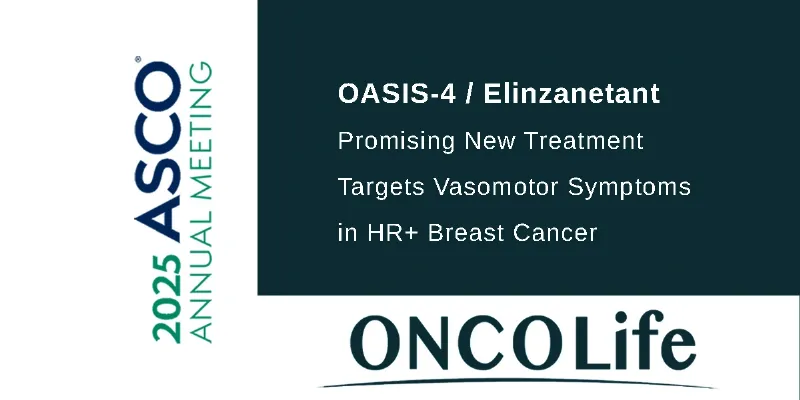
2 June 2025
The data from the Phase III OASIS-4 trial, presented at ASCO25, showed that elinzanetant significantly reduced the frequency and severity of hot flashes associated with endocrine therapy for breast cancer. The study not only highlights statistically significant improvements in symptoms but also indicates better sleep and quality of life for women.
OASIS-4: Targeting an Unmet Need
Presented at the American Society of Clinical Oncology (ASCO 2025) Annual Meeting and simultaneously published in NEJM, the OASIS-4 trail evaluated elinzanetant, an investigational dual neurokinin-1 and neurokinin-3 receptor antagonist. This novel, hormone-free, once-daily oral therapy shows promise in reducing vasomotor symptoms (VMS) in women receiving endocrine therapy for the treatment or prevention of HR+ breast cancer.
“Menopausal symptoms are frequent side effects of endocrine therapy for breast cancer, often leading to discontinuation, which is why management of these symptoms can play an important role in breast cancer treatment. With no currently approved treatments for this indication, there is an unmet medical need for therapeutic options,” said Dr. Fatima Cardoso, Principal Investigator of OASIS-4, from Lisbon.
Promising New Treatment
Vasomotor symptoms (VMS), commonly known as hot flashes, are a frequent and distressing side effect of endocrine therapy in women with hormone receptor-positive (HR+) breast cancer. The promising new data from the Phase III OASIS-4 trial shed light on a potential therapeutic breakthrough: elinzanetant.
OASIS-4 enrolled 474 women across 16 countries (excluding the U.S.), randomizing participants to elinzanetant or placebo. The study’s primary endpoint was the reduction in frequency of moderate to severe VMS from baseline to weeks 4 and 12.
Statistically Significant Reductions
Elinzanetant demonstrated robust efficacy. At week 4, women in the elinzanetant group experienced an average reduction of 6.5 VMS episodes per week (95% CI: −7.2 to −5.8), compared to 3.0 episodes (95% CI: −3.9 to −2.2) in the placebo group. This difference was statistically significant, with a least squares mean difference of −3.5 (95% CI: −4.4 to −2.6; p<0.001).
The improvement persisted through week 12, with reductions of 7.8 episodes (95% CI: −8.5 to −7.1) for elinzanetant versus 4.2 episodes (95% CI: −5.2 to −3.2) for placebo (LS mean difference: −3.4; 95% CI: −4.2 to −2.5; p<0.001). Notably, reductions in VMS frequency were evident as early as week 1.
Sleep and Quality of Life
In addition to hot flash frequency, elinzanetant significantly improved secondary endpoints. At week 12, women reported better sleep quality (PROMIS SD SF 8b score mean change: −10.6 with elinzanetant vs. −4.1 with placebo; LS mean difference: −6.1; p<0.001). Menopause-specific quality of life (MENQOL total score) also improved more in the elinzanetant group (−1.3 vs. −0.5; LS mean difference: −0.7; p<0.001).
A Consistent Safety Profile
The 52-week safety data from OASIS-4 align with previous studies of elinzanetant in postmenopausal women with VMS. The most common treatment-emergent adverse events included fatigue, somnolence, and diarrhea, consistent with prior experience and generally well tolerated.
Dual Neurokinin Receptor Antagonism
Elinzanetant’s unique mechanism of action involves dual antagonism of NK-1 and NK-3 receptors. These receptors modulate KNDy neurons in the hypothalamus, a key regulatory center for body temperature. By dampening this pathway, elinzanetant helps restore thermoregulatory balance, directly addressing the pathophysiology of VMS in estrogen-deprived states—whether due to menopause or endocrine therapy.
“The results from OASIS-4 represent a potential advancement in addressing a need for women undergoing breast cancer treatment. Vasomotor symptoms associated with endocrine therapy can impact patients’ quality of life and may impact their ability to adhere to other treatments,” said Dr. Christian Rommel, Member of the Executive Committee of Bayer AG’s PD and Global Head of R&D. “Advancing elinzanetant as an investigational, hormone-free treatment option for these patients reaffirms our commitment at Bayer to bring forward innovative treatments for the different health needs of women.”
Regulatory Pathway and Future Directions
With positive results from OASIS-4, alongside data from OASIS-1, -2, and -3, elinzanetant is under regulatory review in the U.S., EU, and other regions. If approved, it would become the first dedicated treatment for VMS associated with endocrine therapy in breast cancer.
The Elinzanetant Clinical Development Program
The Phase III OASIS program for elinzanetant includes four international trials: OASIS-1 and -2 evaluated the drug’s safety and efficacy for menopausal vasomotor symptoms (VMS) over 26 weeks, involving over 700 women across 15 countries. OASIS-3 extended this evaluation to 52 weeks in 628 women from nine countries. OASIS-4 uniquely focuses on VMS caused by endocrine therapy in HR+ breast cancer patients, involving 474 participants in 16 countries for a 52-week period, with a two-year extension option. In these studies, elinzanetant was consistently administered as a 120 mg oral dose, highlighting its potential in managing VMS across diverse patient populations.
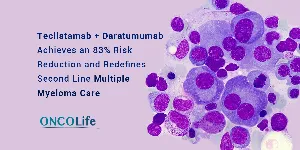
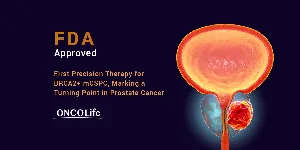
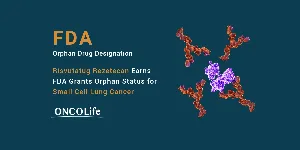
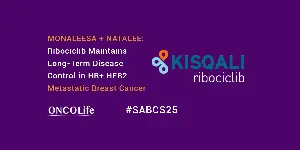

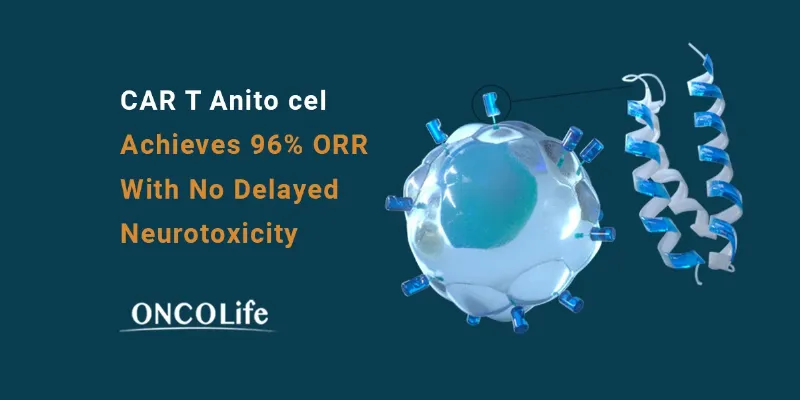
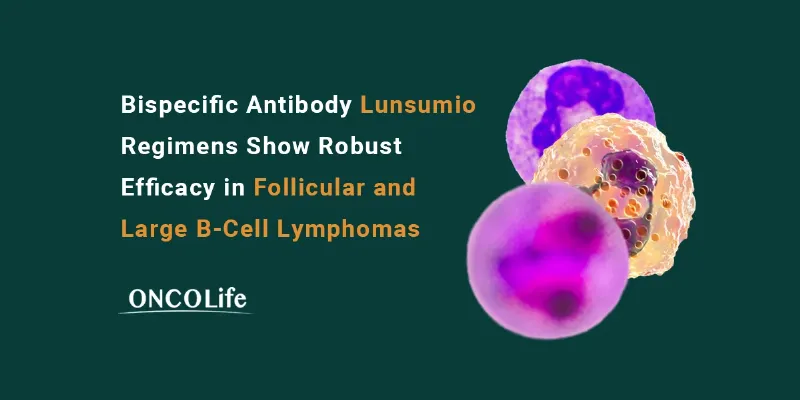
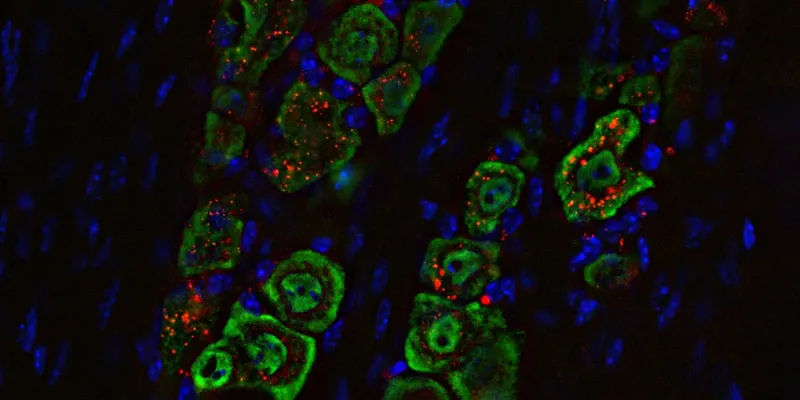

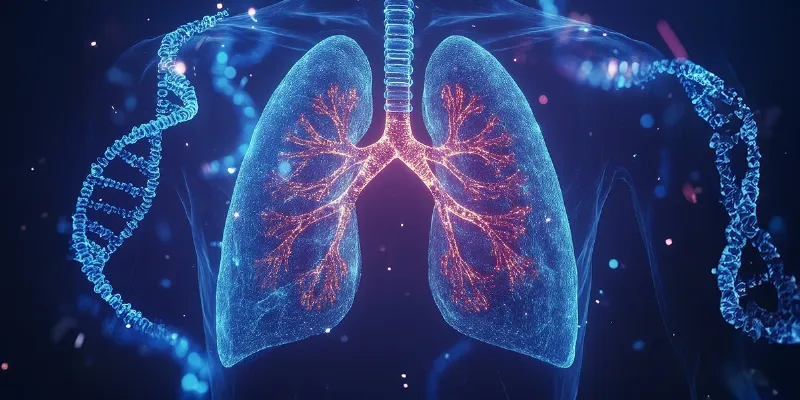

Comments
No Comments Yet!